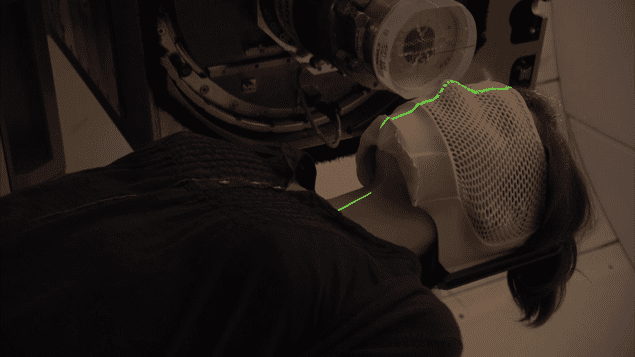
By James Dacey
Today is the International Day of Medical Physics (IDMP), as events around the world raise awareness of the vital work carried out by the profession. Now in its fifth year, the 2017 initiative focuses on issues affecting female patients and the safety of women working in medical physics. The theme was chosen to mark the 150th anniversary of the birth of Marie Curie whose pioneering work on radioactivity still underpins various medical treatments and diagnostics – particularly for cancer patients.
“It is well known that medical physicists have developed imaging and radiotherapy methods that have increased women’s length of life and have improved quality of life,” says John Damilakis of the International Organization of Medical Physics (IOMP), which co-ordinates the annual event. “For example, X-ray mammography for the early diagnosis of breast cancer, dual-energy X-ray absorptiometry for the diagnosis of osteoporosis and brachytherapy methods for gynecologic cancer.”
Celebrations today will focus around three key events – in Jaipur, Kuala Lumpur and Vienna, details of which are provided on the IDMP website. Also on that webpage is a video message from IOMP president Slavic Tabakov recorded against a scenic backdrop in the ancient town of Gabrovo. “One of the long term tasks is the establishment of a full IOMP committee aiming to bring women medical physicists closer together – an important initiative which I fully support,” he says.
You can find further information about the initiative and its goals in this article by my colleague Tami Freeman at Medicalphysicsweb. Here at Physics World we also cover key scientific developments in the medical physics community, such as when I travelled to the Massachusetts General Hospital (MGH) to produce a series of films about proton therapy. This form of treatment can target specific types of tumour with precision, offering an alternative to conventional radiotherapy treatments. Here is a couple of films from that series.
Proton therapy is a truly interdisciplinary field, involving physicists, medical doctors and applied mathematicians in the treatment planning. For a more detailed look at the science and technology of proton beam therapy, check out this free-to-read ebook written by MGH medical physicist Harald Paganetti as part of the Physics World Discovery series. Paganetti evaluates the fundamental science and technology of proton therapy, then outlines some of the current physical, biological, and clinical challenges.
Paganetti is also a board member on the journal Physics in Medicine and Biology (PMB), which is published by IOP Publishing. That broad-scope journal had its 60th anniversary last year and I produced this video report from the birthday celebrations in London. Medical physicists speak about what the field has achieved so far and how it can continue to mature by developing stronger bridges between the physics, medical and biology communities.
Just last week I was back in London recording a series of interviews with PMB board members who spoke about some of the most exciting developments in the field, especially around medical imaging technologies. Those videos will be appearing on this website within the next few weeks. In the meantime, go spread the word: physics knowledge and technologies have a key role to play in contemporary medicine.



